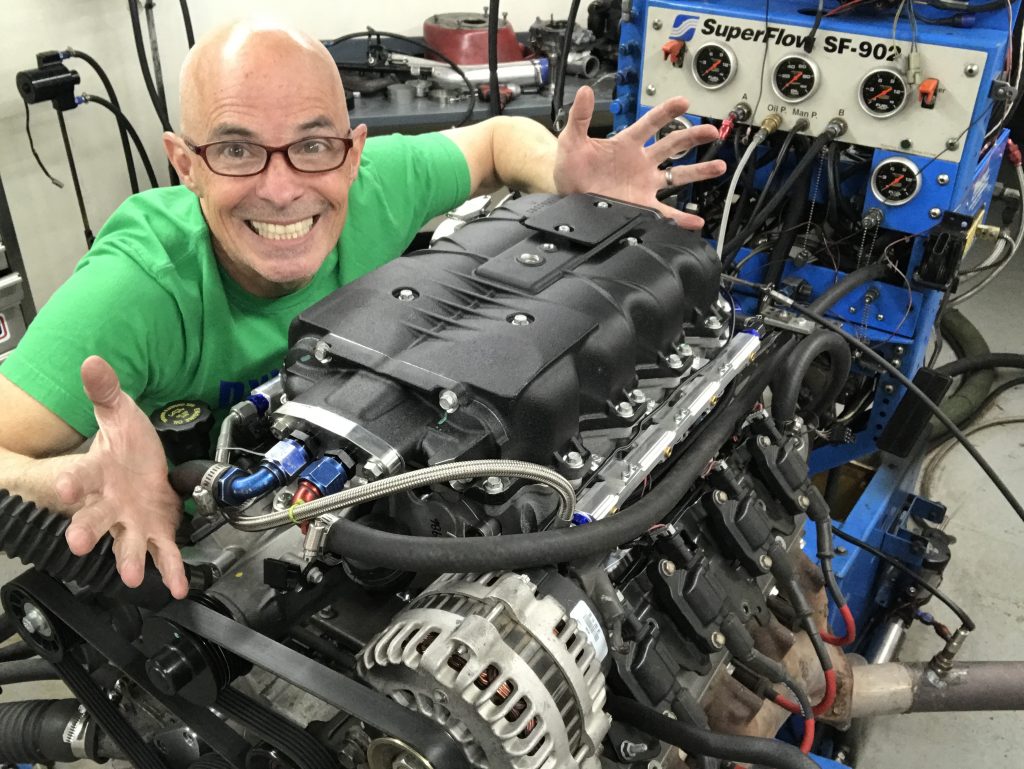
What’s the biggest complaint about the little 4.8L LR4 LS Engine?
Well, it’s the same complaint lodged about any small V8—namely the lack of torque production.
Don’t get us wrong, the smallest sibling of the LS clan is well-loved and revered for its ability to swallow massive amounts of boost. One need only venture back to 2010, when yours truly performed the first of many Big Bang turbo tests on an unsuspecting 4.8L (we thought was a 5.3L at the time). That stock bottom end (with extra ring gap) ingested nearly 26 psi worth of boost from two 76mm turbos, so we knew the 4.8L was the goods—we just knew it needed boost to make some serious steam!
In naturally aspirated trim, at least with the right combination of heads, cam and intake, the little 4.8L was plenty capable of making some power higher in the rev range. The question was, what would it take to make some big-boy torque gains down where they would be used for some good, old-fashion, tire turning?
Meet the Low-Buck Cadillac STS-V Blower
If the internet chatter is to be believed, GM offloaded over a thousand factory, intercooled, M122 LC3 supercharger assemblies from the now defunct STS-V (and other) Cadillac programs. Someone or someone(s) snatched up these blower assemblies and was selling them cheap on the web.
Attractive as an assembly (especially for the $250-$400 they were going for…), they were a natural choice for swapping onto something like an LS (4.8L for instance). The problem was the STS-V blower assembly was designed for the 4.4L Cadillac Northstar V8, and not the LS, which featured a different bore spacing. This meant the lengthy intake runners on the blower assembly did not match up to the ports on the LS motor.
Fast forward a few years and the gang at MackDaddyParts decided to do something about this discrepancy. After considerable time and effort (and, of course, money), they devised a set of billet aluminum adapters that allowed the STS-V supercharger assembly to bolt right onto any cathedral-port LS motor. They also devised adapters for the throttle opening, the intercooler, and fuel rails. MackDaddyParts even sourced a few tricks for the accessory drive, including idlers and a stronger belt tensioner to eliminate belt slippage after the addition of the supercharger (a single belt drove everything but the AC).
Our 4.8L LR4 LS Test Engine
Given the low-buck nature of the blower, the fact that it was designed for an OEM application (meaning it will last forever), and that is was intended for a similar displacement engine, we decided to test one on our LR4 LS.
Using the MackDaddyParts adapters, we installed the supplied STS-V supercharger on our mild 4.8L test motor. Prior to installation of the supercharger, we popped the 4.8L on the dyno to establish our naturally aspirated baseline. The 4.8L featured stock block, crank, and gen-4 rods with the lone upgrade being a set of JE forged pistons. The short block was topped with a set of stock 706 heads featuring a valve spring upgrade to go along with the mild JFR cam (from a previous turbo test). The JFR cam offered .595″ lift, a 224/228-degree duration and 112-degree LSA.
The motor was run first in NA trim with 1 7/8-inch, long-tube headers, a Holley HP management system and a set of Snake Eater Performance (SEP) 1500cc injectors. The SEP injectors provided more than enough fuel to allow us to run E85 on the boosted 4.8L. The 4.8L also featured a stock truck intake and matching (manual) throttle body.
After tuning on 91-octane, the NA 4.8L produced peak numbers of 401 hp and 368 lb.-ft. of torque.
Now it was time for some low-buck boost!
Testing the Cadillac Blower on Our LR4 LS Engine
Using the adapters, we quickly installed the STS blower assembly and hooked up the throttle, intercooler, and accessory drive. Using one of the supplied adapters, we connected the opening in the back of the blower to a length of 3.5-inch tubing. This effectively remote-mounted the 102mm FAST throttle body. It is also possible to run the stock, 78mm truck throttle (which we tested), but the big numbers came with the throttle body upgrade.
MackDaddyParts also supplied the adapter for the intercooler to allow AN fittings, which we hooked to our dyno water source. Where the NA 4.8L was run with a Meziere electric water pump, installation of the supercharger required use of the factory accessories (minus the AC). This required use of an additional idler, a supplied tensioner with additional spring rate to eliminate belt slippage, and a longer accessory belt.
Once installed, the blower looked like it was designed specifically for the little truck motor. The belt alignment was spot on—we had no slippage issues. Prior to running, we made sure to drill and pin the factory truck damper (and crank pulley) to the stock crank. This eliminated any chance of the damper slipping on the crank. This was doubly important on our motor, as the damper had been on and off nearly 100 times, making it more a slip-fit, rather than the press-fit designed by Chevrolet.
Equipped with the supplied blower pulley and factory truck damper, the supercharger produced a peak boost reading of 11.2 psi. To extract the most out of the supercharged 4.8L, we switched over from the 91-octane fuel run in NA trim to E85. The E85 switch was worth 35 horsepower all on its own—even before we added additional timing. Likewise, the larger throttle body was worth power over the factory truck unit.
Run with E85, the 102mm throttle body, and 23 degrees of total timing at the power peak, the STS supercharger increased the power output of the 4.8L from 401 hp and 368 lb.-ft. of torque to 591 hp and 592 lb.-ft. of torque.
Low-Buck Cadillac STS Blower LR4 LS Test Recap
The impressive thing was not so much the peak numbers, but the impressive low-speed torque offered by the combination of intake runner length and instant boost response offer by the positive displacement supercharger design. Even below 3,500 rpm, the supercharged 4.8L was pumping out a tire-turning 550 lb.-ft. of torque. I guess these little motors really do love boost!
…but unfortunately the Cadillac blower isn’t a low-buck boost option any longer.
After we released the STS Blower Test Video, the internet reacted by jacking up the price on all the remaining STS blowers—isn’t capitalism wonderful!
But fear not, there are other take-off blowers available, just waiting for me to ruin those markets as well!
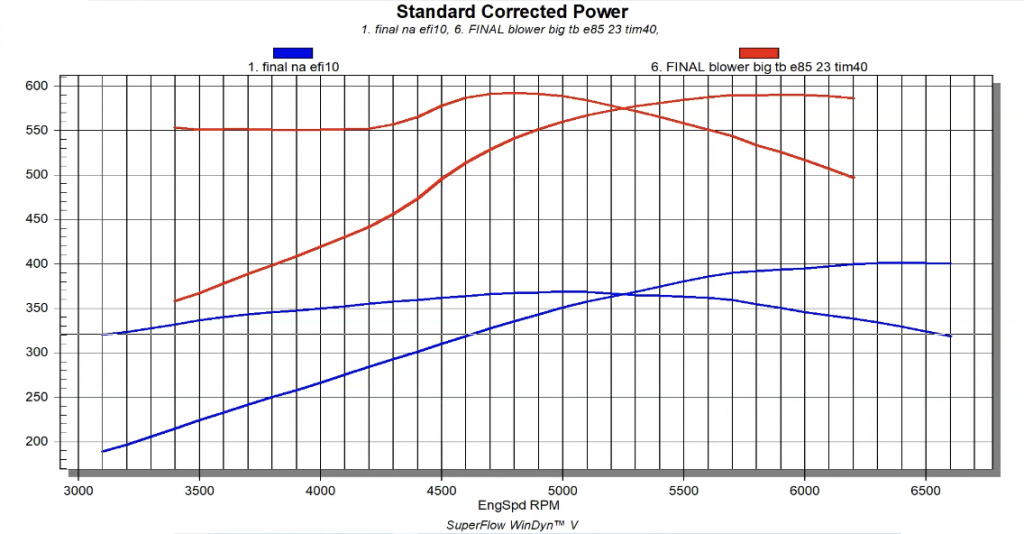
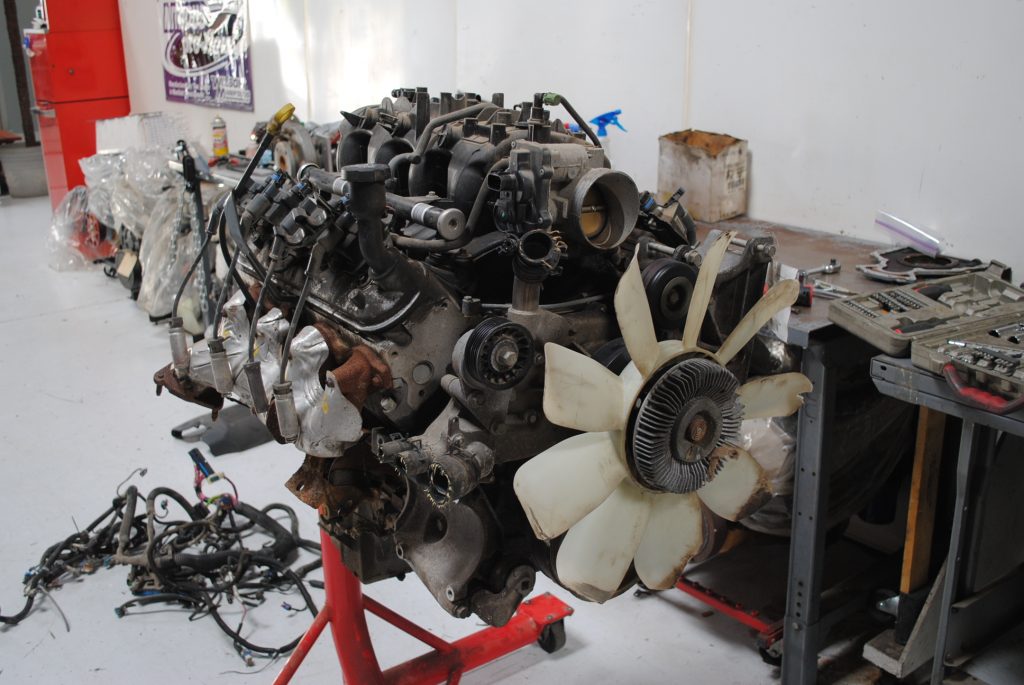

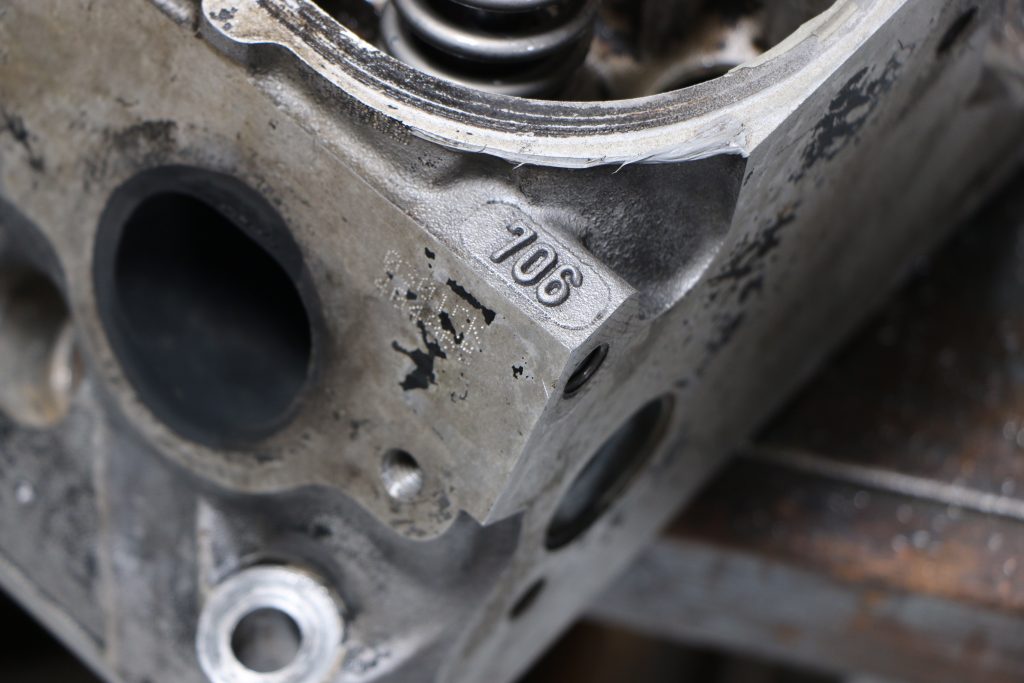
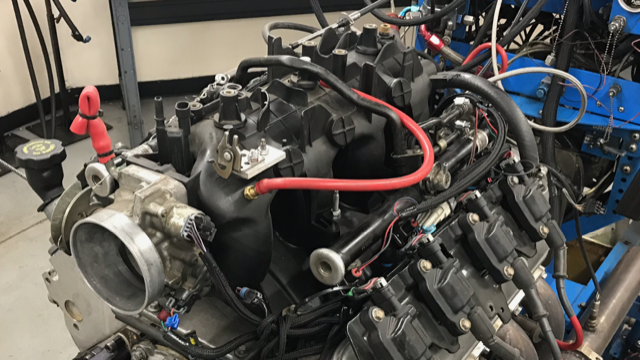
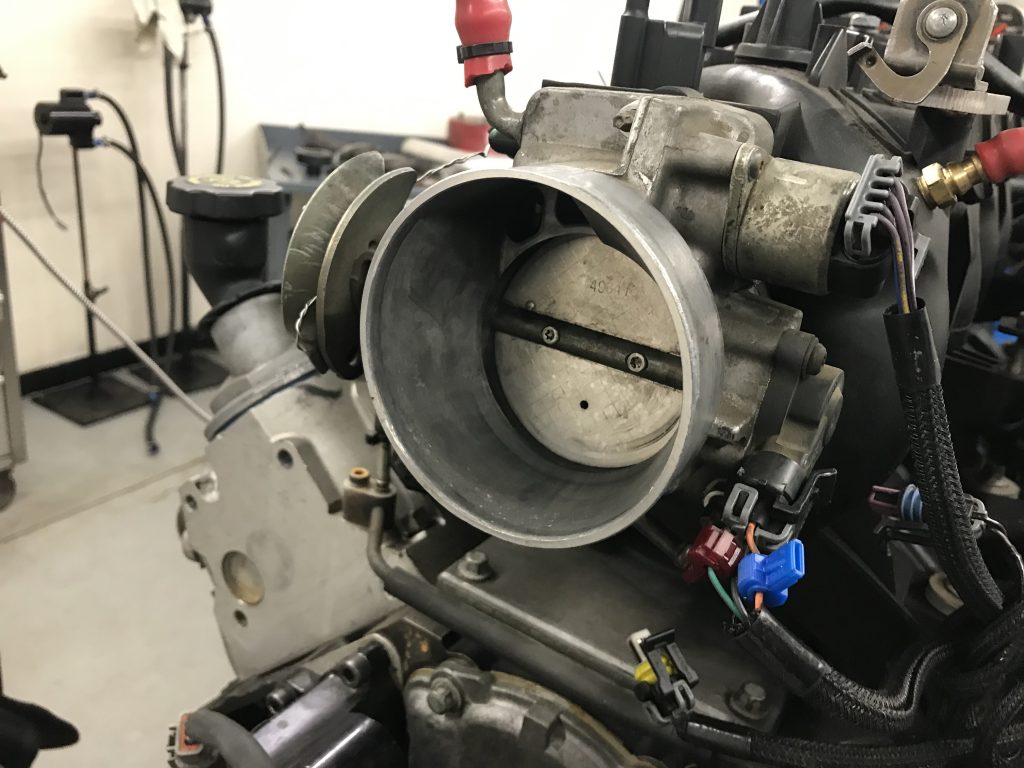
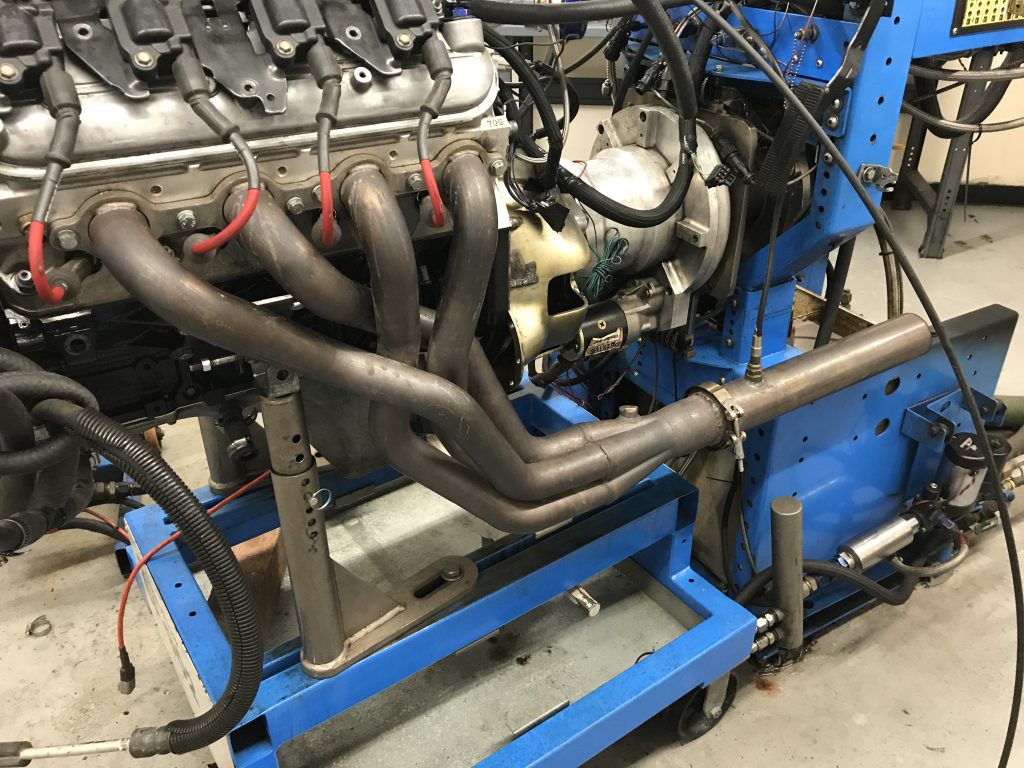
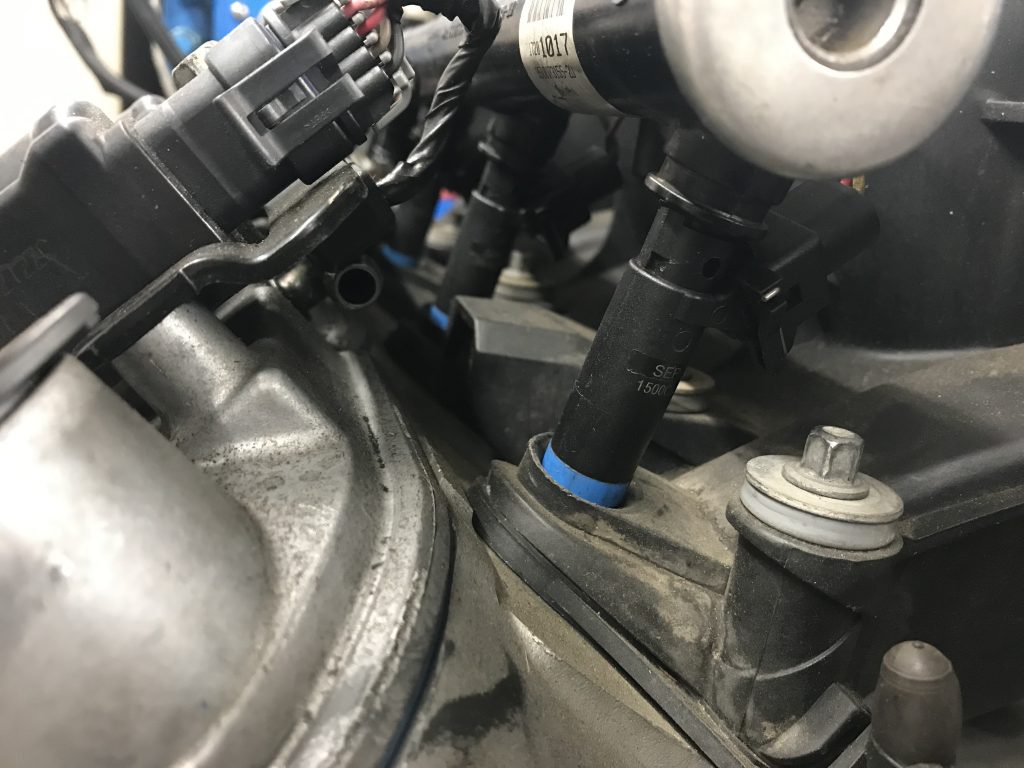
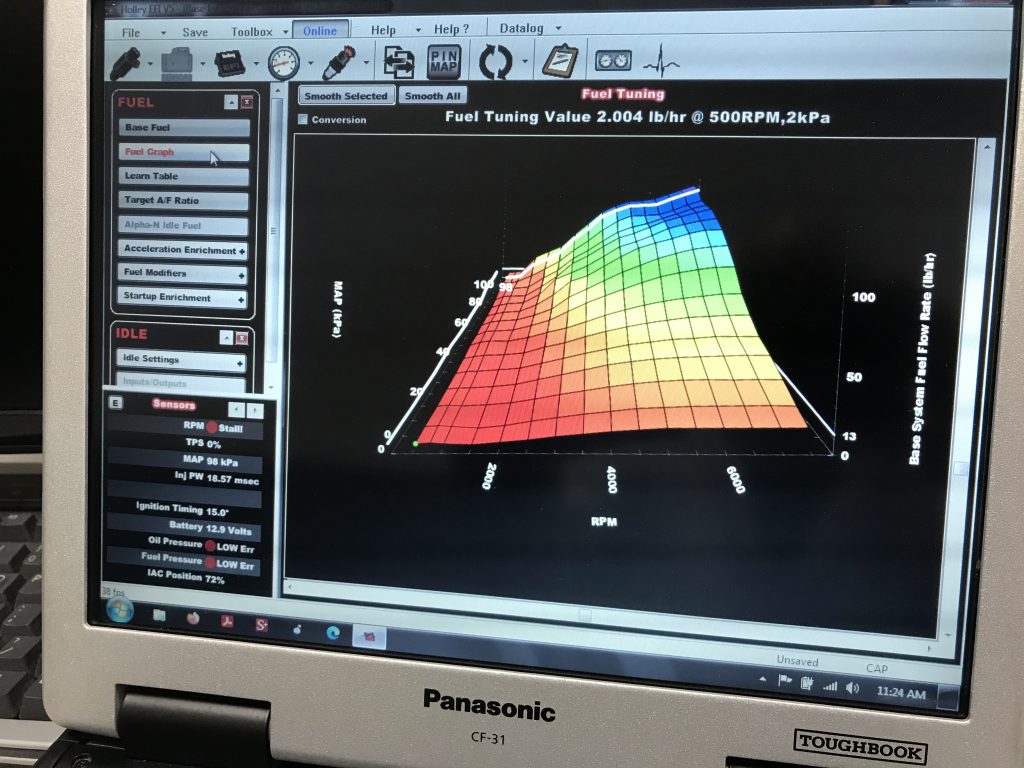
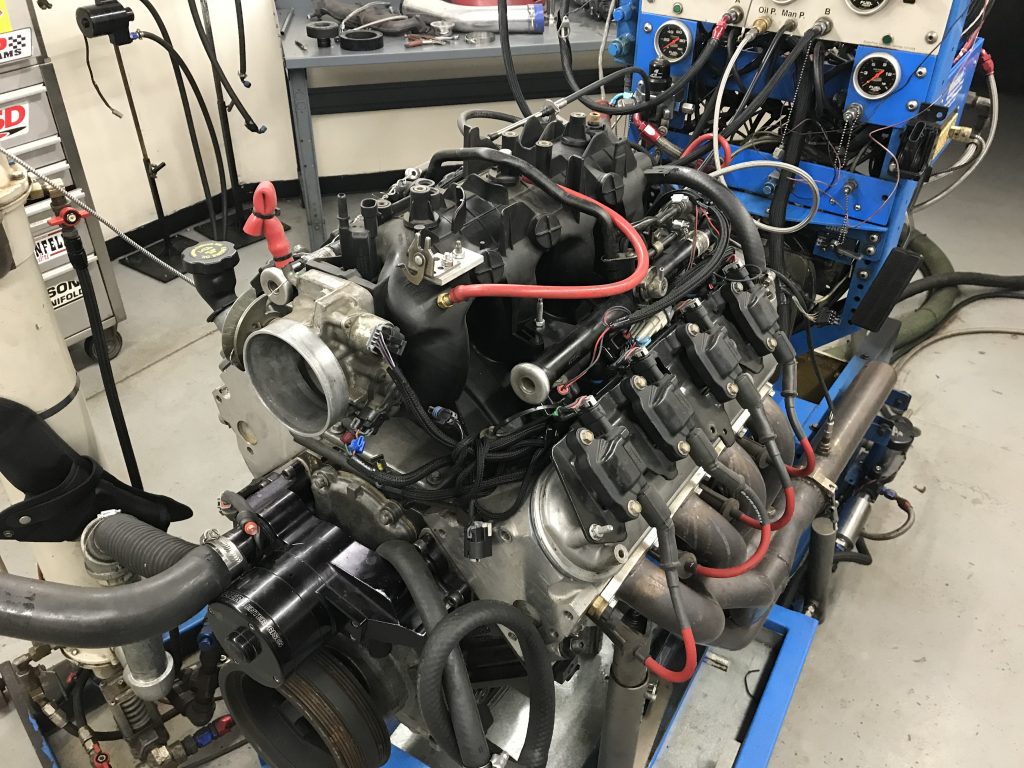
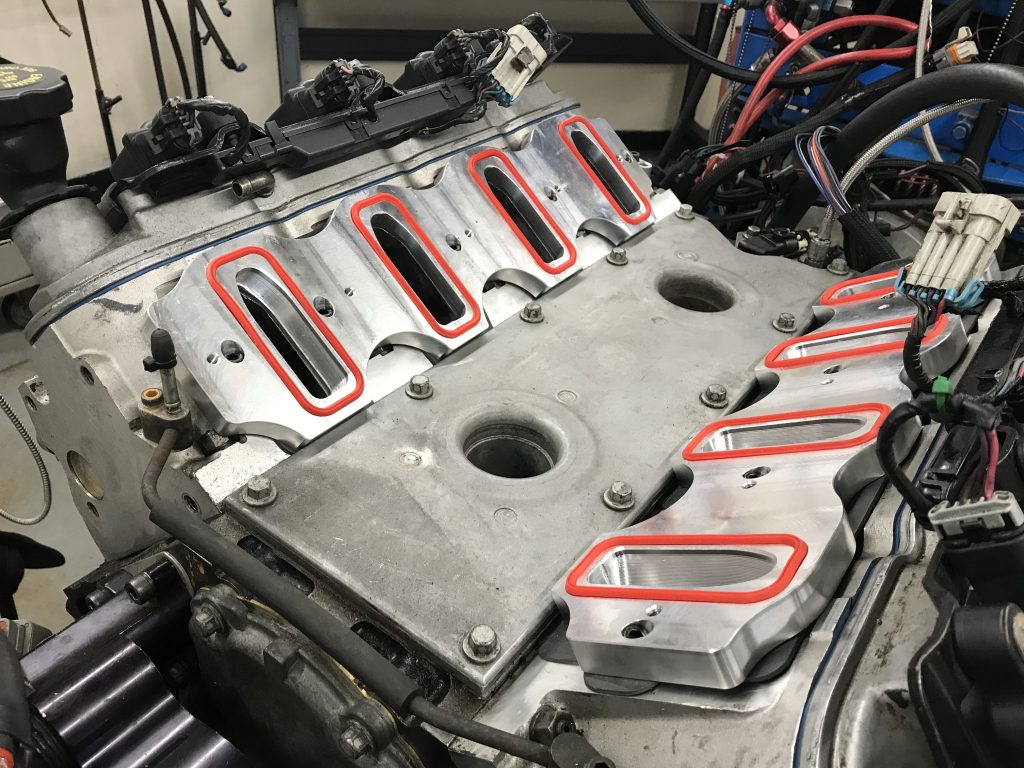
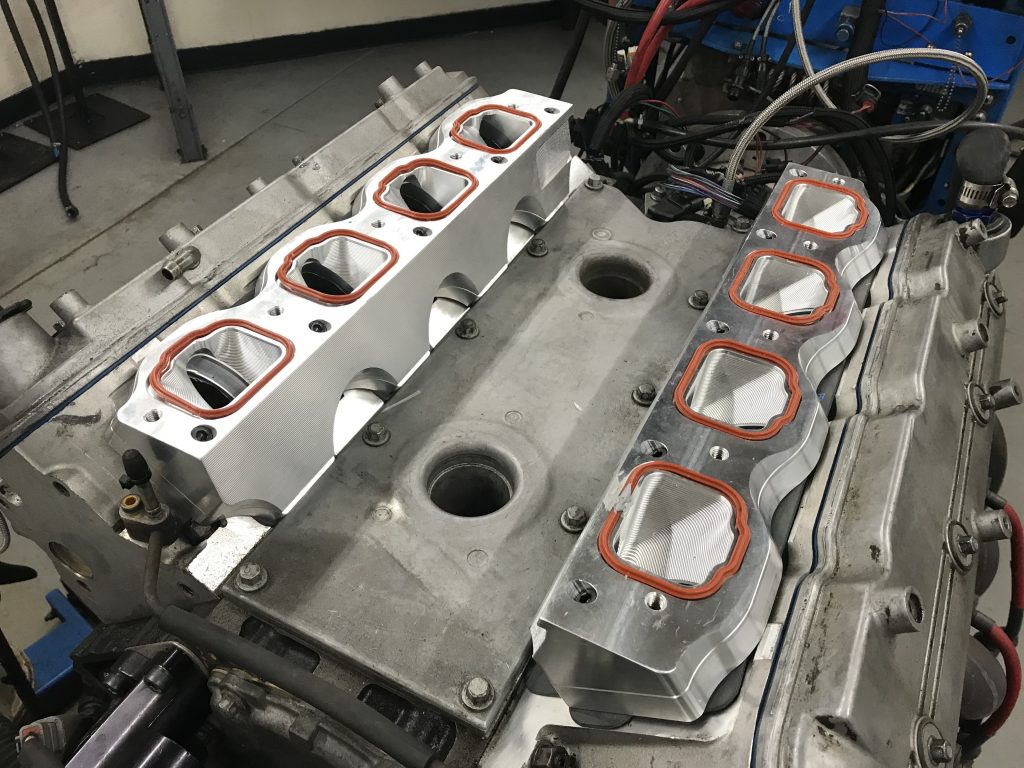
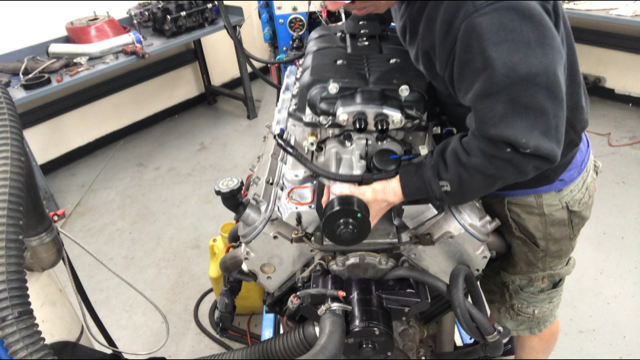
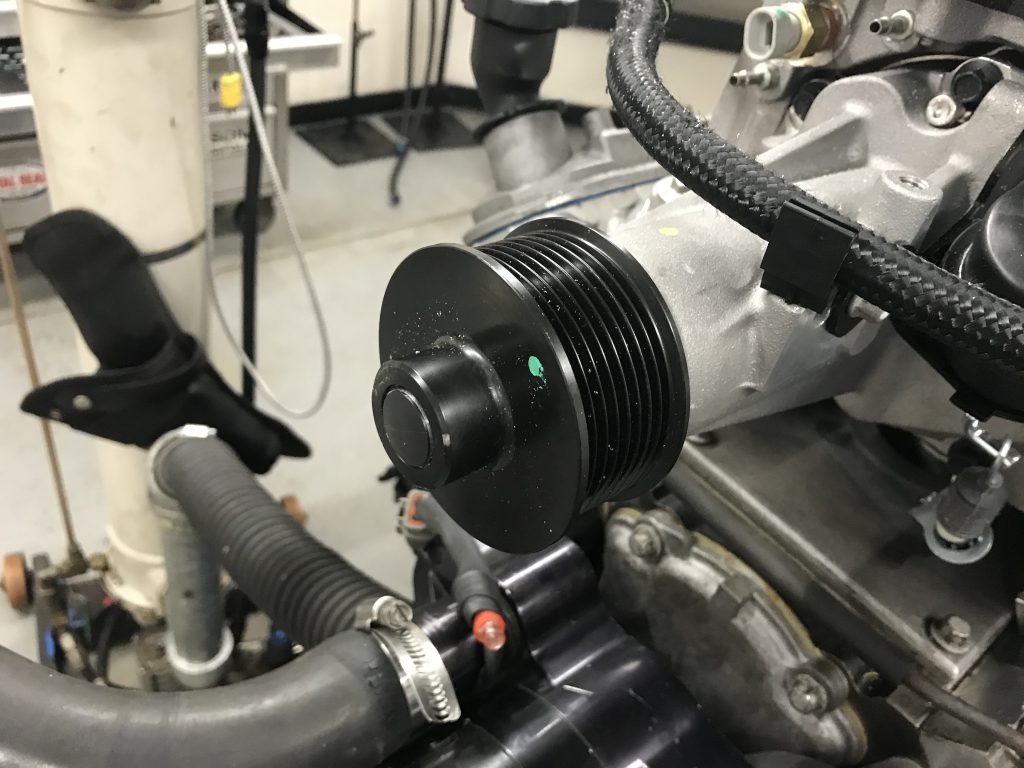
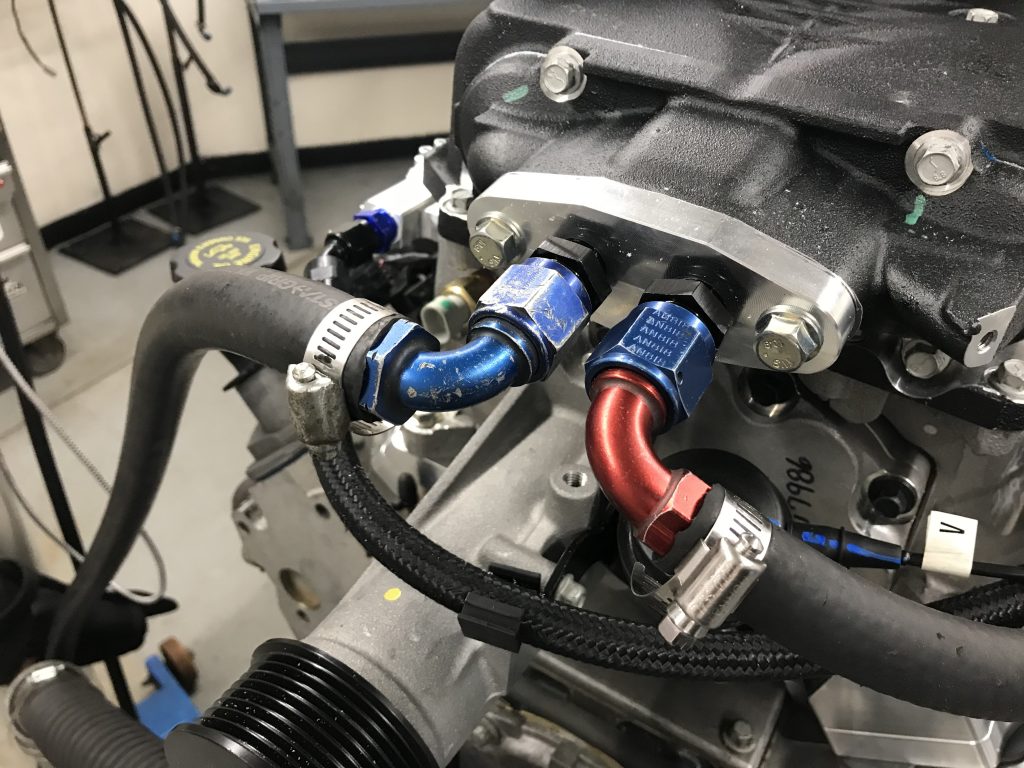
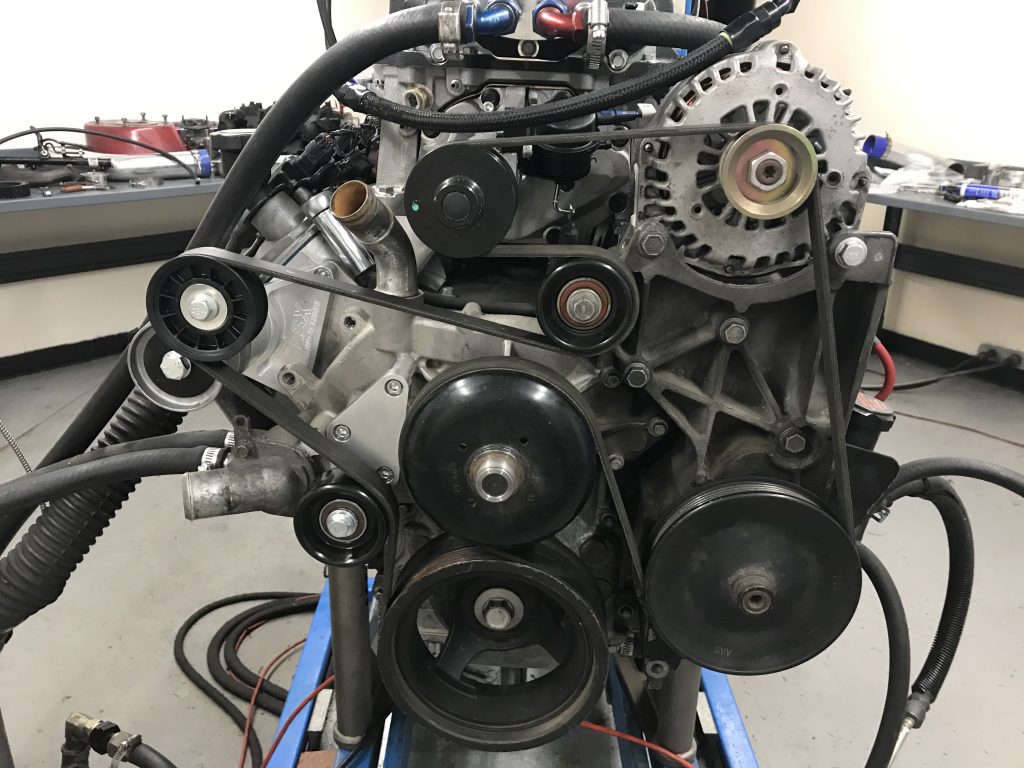
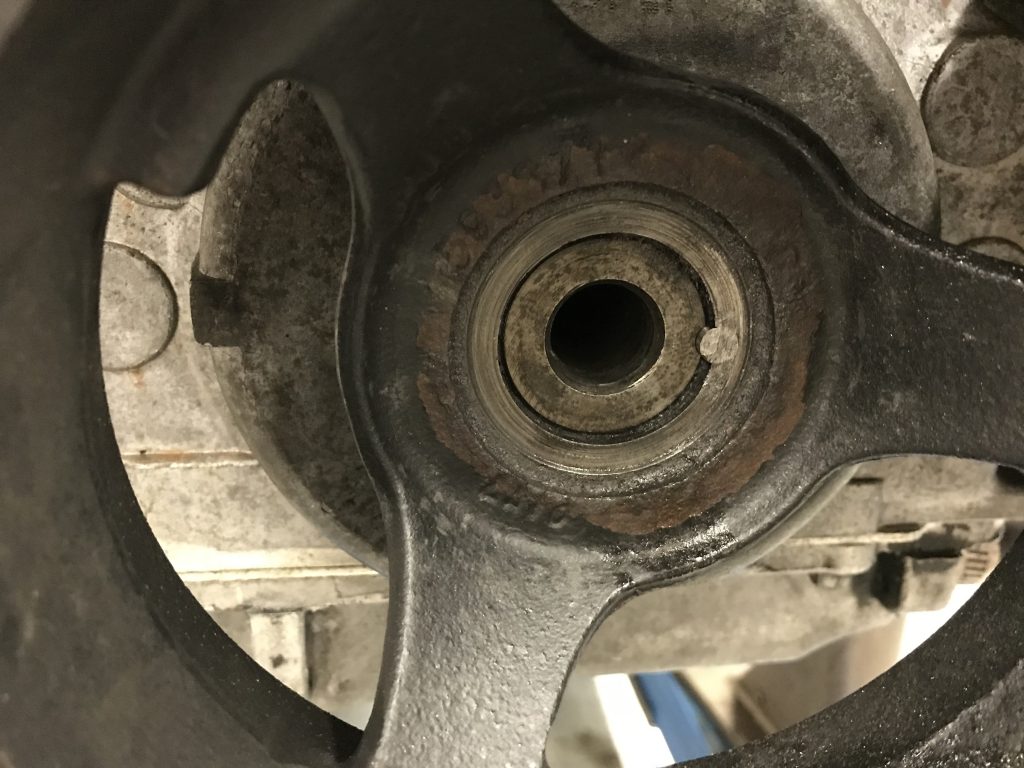
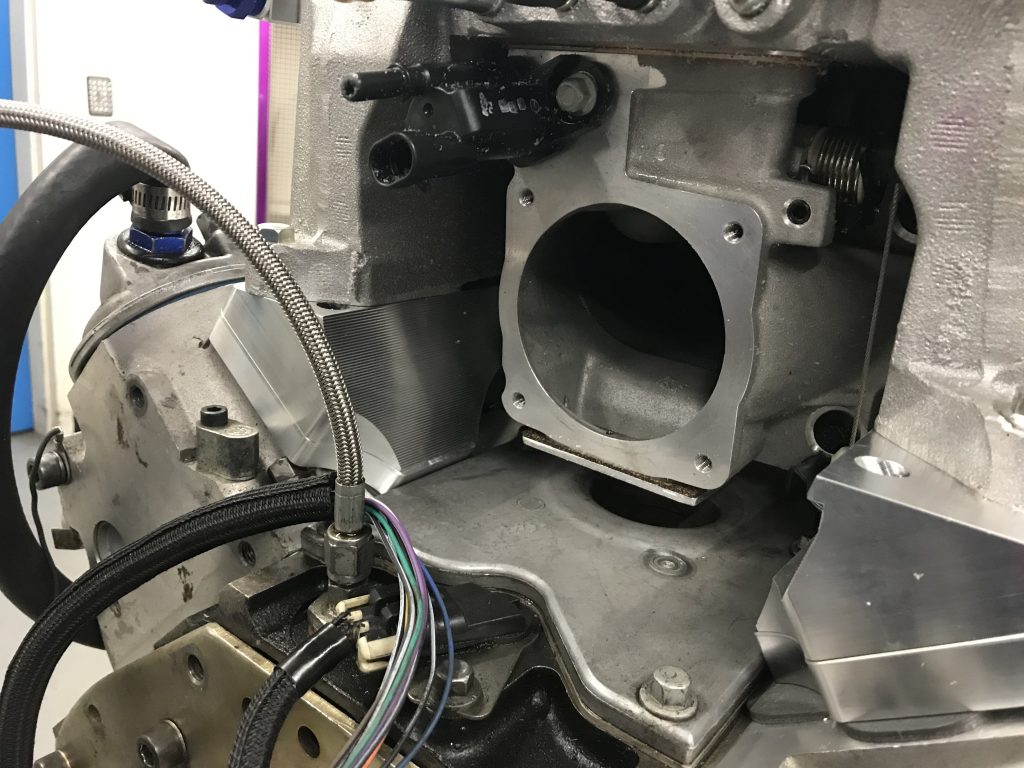
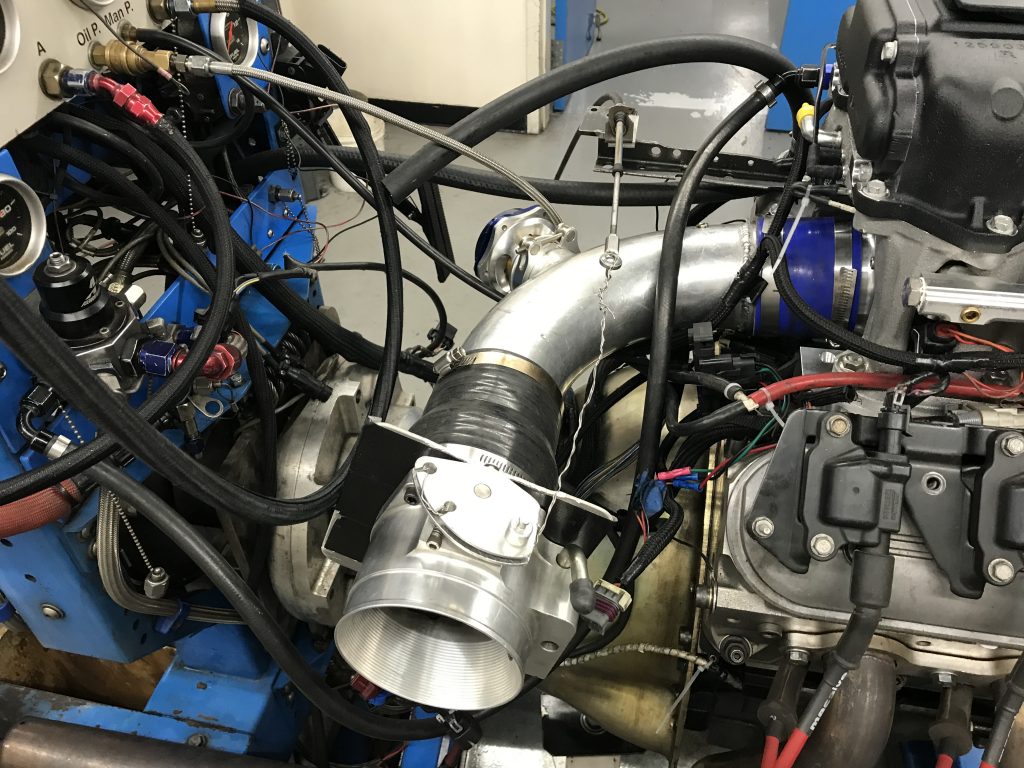
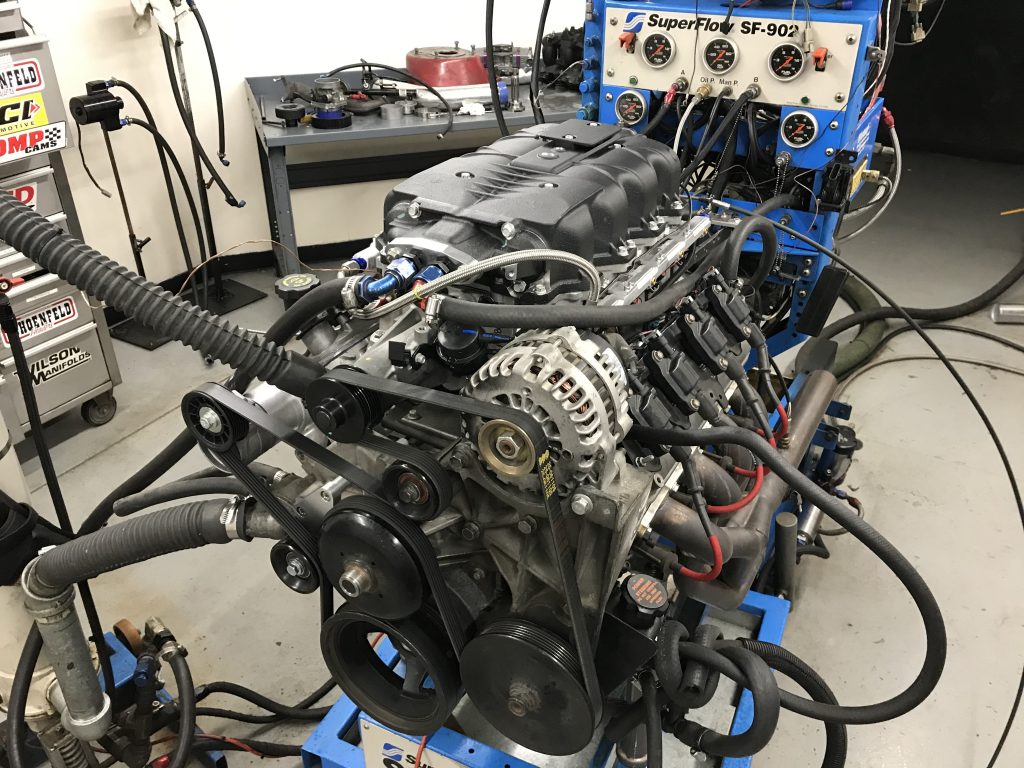
Who wouldn’t want nearly 200 extra horsepower and even more torque? (Image/Richard Holdener)

Read several articles this morning and enjoyed them. What is the minimum I can do to get my 2002 5.3 Avalanche to squeal tires—such as brake torquing? It’s embarrassing that my truck is that puny. Thanks.
Do you have a program to download advance and boost to my computer i install a duplicate of what you did, also what hoses to keep and wish ones to plug?